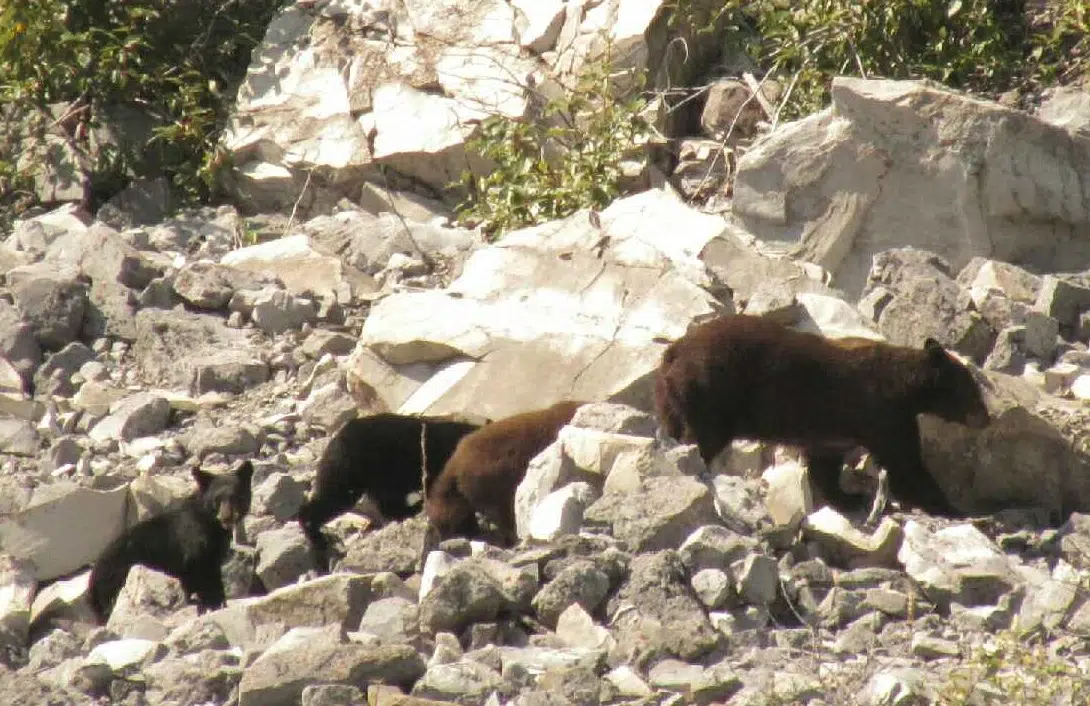
The Arrival of Spring Brings the Arrival of Bears out of Hibernation
BLAIRMORE: If you go out to the woods today, be sure of a big surprise.
The bears are coming out of hibernation, and are not preparing for a teddy bear picnic. The early warm weather has had a bit of an impact on sleeping bears.
In the Crowsnest Pass, Fish and Wildlife officer, John Clarke, covers Blairmore north to the Chain lakes area along highway 22, all the way west to the continental divide between Alberta and B-C and south down to the Waterton National Park boundary.
Clarke says this is normally the time bears leave hibernation, although some are out about a week early. He notes they usually appear with the crocuses and the budding of trees.


